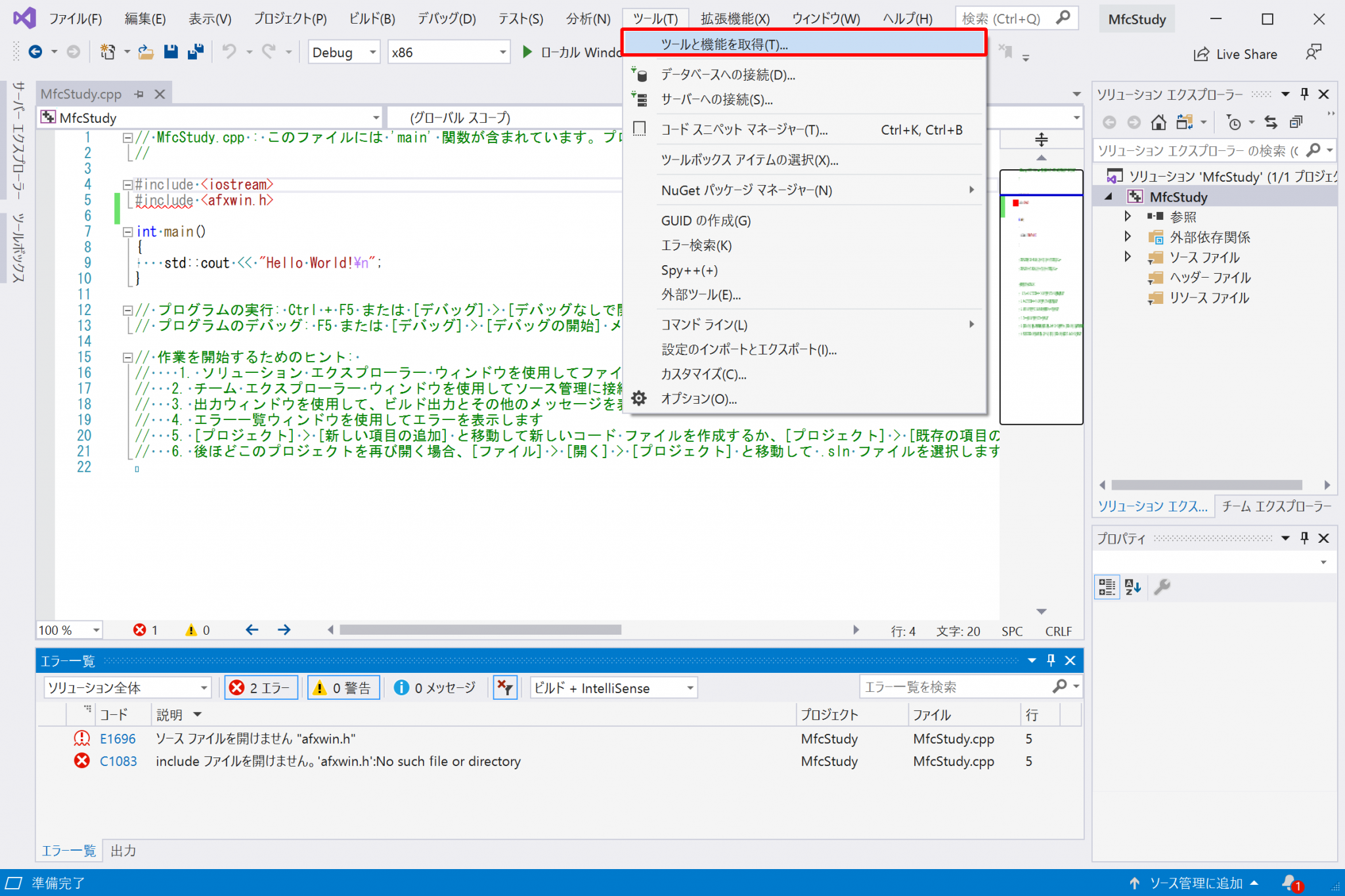

Last week I was trying to build an API on top of Azure Functions with a backing SQL database. Please view the documentation here for information on how to use custom docker containers with Azure Functions projects. This means that all of the Azure Functions code can run locally. Today, I want to share how to use DI (Dependency Injection) in this "isolated process" when we use. So theoretically, everything is set up for you. 1, it's worth checking that your new function is set up correctly You can get the default policy from your Azure subscription using the following request: 1.

If we've created a C# Azure Functions project, we can package it up for release by running a dotnet publish, zipping up the resulting folder, and using az functionapp deployment source config-zip to deploy it. NET Core (Will post an article about this in a later post). Decoupling your application from the runtime provides greater compatibility with application dependencies and the new model adds features such as support for custom middleware. In this article, we understand about Azure Functions In.Decoupling your application from the runtime provides greater compatibility with application dependencies and the new model adds features such as support for custom Important! For Azure Functions, I use netcoreapp3. We can see that the Azure function has internally executed the Web API dll. From New -> Compute -> Select Function App, or Search Function App in the Search the marketplace box. NET 5 Azure Functions have the option of running in an isolated process.

This meant that if the Azure Function was running for an elapsed time period of 5 minutes, then the Azure Functions Runtime could end the process at any point after that. The reality, however, is a little different, as we found out when trying to write an Azure function that targets the.NET 5 (Isolated)” runtime and “Http trigger”. To create a Function, log into the Azure portal. Visit the wiki for more information about Azure Functions and how to use the advanced features of this extension.

Build and debug locally without additional setup, deploy and operate at scale in the cloud, and integrate services using triggers and bindings. NET 5 debuted in November 2020, and most of the. NET 5 was first released in November 2020, there was no general support for Azure Functions. Andreas Lengkeek and William Liebenberg discuss the general benefits of Azure Functions in terms of scaling, cost and a simplified programming model to desig During the time, Microsoft released a new model for hosting Functions on. You’ll also note it uses the v3 host and uses a _FunctionsSkipCleanOutput flag to preserve important files. Azure Functions allows developers to act, by connecting to data sources or messaging NET Framework and its generally available, and Azure Function v2 goes with. Azure functions net 5 And that makes it testable.


 0 kommentar(er)
0 kommentar(er)
